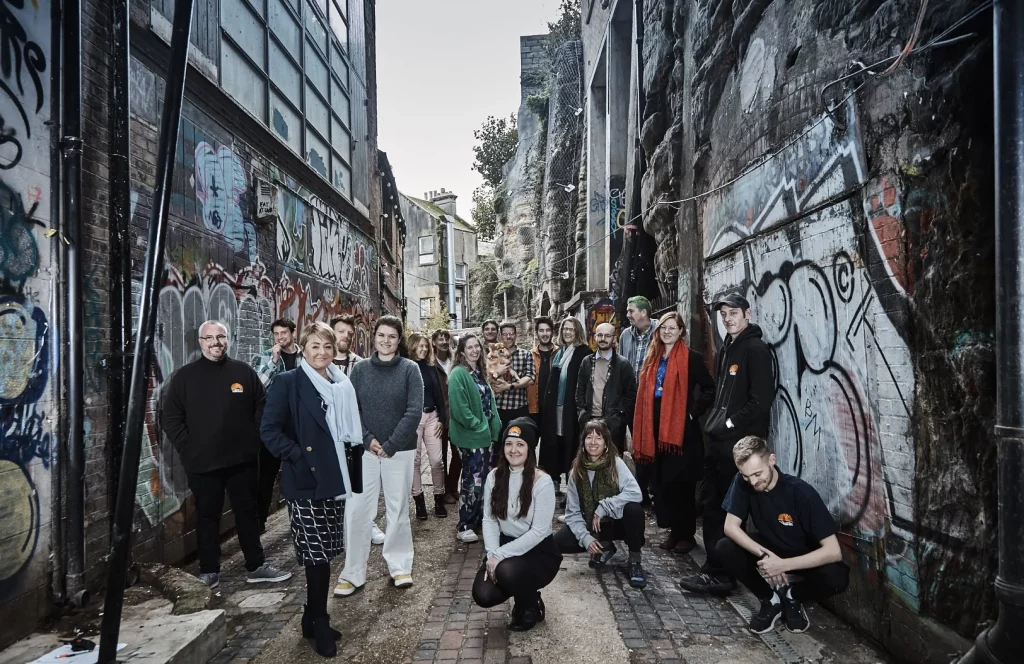The post-earthquake redevelopment of the Gandhi Nu Gam village was carried out through a holistic, participatory approach that maintained the socio-cultural traditions and building systems of the local area as well as improving economic conditions and opportunities.
The project aims included:
The redevelopment an entire village devastated by an earthquake in a holistic, sustainable and participatory manner.
To maintain the local socio-cultural traditions.
To improve the economic conditions and opportunities for the local community.
The project constructed 455 traditional bhungas together with three schools, a grass bank, community buildings, production centres, religious shrines, the electricity network and a water harvesting system. Sixty of these dwellings were on a new site situated centrally among the existing settlements in the area; the remaining dwellings were in the existing hamlets spread over a 10 km2 area. Each dwelling was provided with its own individual dual pit latrine system and a bathing cubical.






